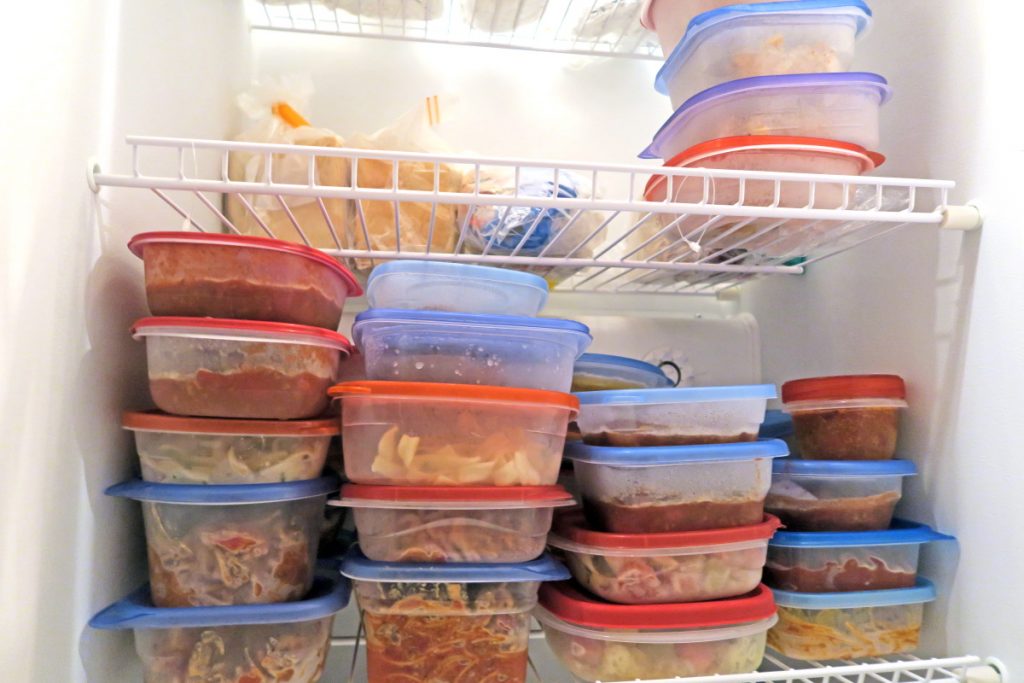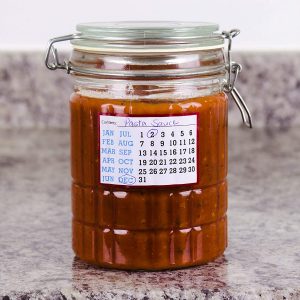4 Keys To Storing Leftovers

Storing leftovers should be done with the utmost care. Otherwise, careless handling of leftovers could lead to health concerns. In fact, the proper storage of leftover food is so important that the US Department of Agriculture’s Food Safety and Inspection Service has dedicated a page, Leftovers and Food Safety, for this topic in their portal.
Here are some things to consider when you pack away leftovers.
Fridge Placement
Sometimes, it’s a matter of planning how to stack the leftovers in your fridge. It may look like a game of building blocks from the outside looking in, but it’s crucial to note the placement of various items in the fridge, especially when the leftovers are packed together with fresh food.
There isn’t a specific special placement for leftovers in the fridge, but you should limit them to the inner shelves and not the drawers or the fridge door. This is because the shelves are the most optimal, and coldest part of the fridge, preventing outside bacteria from spoiling the food and possibly getting into the other fresh food in the fridge. The bottom drawers should be kept for the fresh produce, and the fridge door should have condiments and beverages – things that need less cold.
It’s very important not to overstuff your fridge. You want the cold air of your fridge to circulate around the food and keep everything in its proper temperature. The fridge should have a temperature below 40 degrees Fahrenheit (4°C) and the freezer should be 0 degrees Fahrenheit (-18°C). Packing too many packages in contact with each other will not allow this to happen, and may lead to faster spoilage.
Proper Use of Food Containers
Kitchen products are so popular that many businesses have chosen to focus on this niche. It’s important, however, to remember to prioritize quality over quantity or novelty if we want to have food that is healthy and fit for our consumption.
If you want to store leftovers in the fridge, you have to ensure that the packaging is secure and airtight to keep your food safe. If you’re not sure about the security of your storage, another layer of plastic wrap can give you piece of mind.
- If you are storing in a fridge, use microwavable storage like Tupperware or other such brands. This is because you want to put your food into airtight spaces that won’t allow any air or bacteria in. It will be helpful later on, when you want to heat the food up thoroughly to serve for consumption. It helps that you don’t need to bring out a new plate just to use for the microwave oven.
- If you are storing in a freezer, pick the most airtight options available. Cut up the food to a manageable size, as this also allows the pieces to freeze quickly and stay frozen as much as possible. Pack them in plastic wrap or Ziplock to leave out air and too much moisture.
Using Food Labels
Not only is it ideal to label your food with its proper name, but labeling it with the day it was cooked is helpful as well. Knowing when the food was prepared can also give you a clue if it’s still good to eat or not. All refrigerated foods should be okay within 3 to 4 days’ time.
You can’t always rely on a visual or a smell test to determine whether or not food is still good after refrigeration. Labels give clues such as the type of food and date of cooking and refrigeration can help anyone in the household understand if they should keep or throw out certain food items in the fridge. For example, the dish you refrigerated might have dairy that could spoil quickly when compared to other ingredients. If the label is properly filled out with the description and the date that it was placed in the refrigerator, anyone would be able to determine whether to eat the food or not.
Inform your household members on leftover best practices, and provide special materials for labeling food as such in the fridge. Have a system in place that everyone understands, to minimize questions.
Using Fridge and Freezer
When deciding where your leftovers should go, take note of this rule of thumb: Refrigerated goods can be kept for 3 to 4 days, while frozen leftovers should be viable for 3 to 4 months. Of course, as time goes on, the quality of the food will significantly degrade after cooking. However, freezing will make sure that this food is still viable for consumption.
Regardless of whether you choose the fridge or the freezer, you should put it in as soon as possible, even if it’s still hot. You risk bacteria forming on the food when it is still out in the open. You will be able to cool or freeze quickly once inside your method of choice.
After retrieving your food from the fridge or freezer, make sure to thaw and/or heat the food thoroughly to kill the bacteria, and of course, to make it as warm and delicious as it was when freshly cooked!

